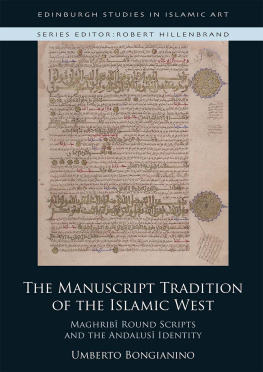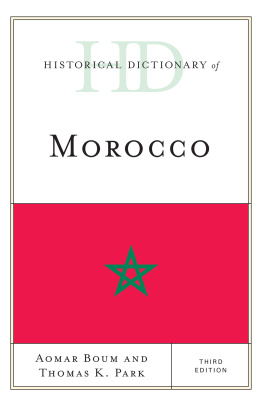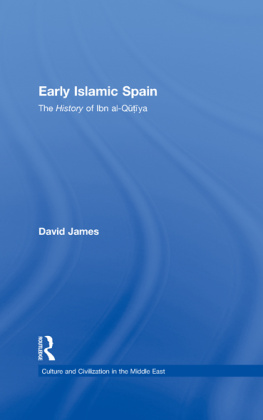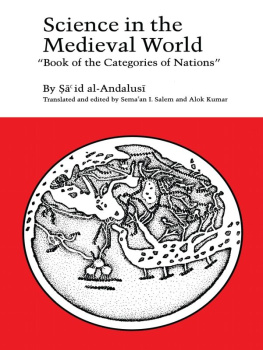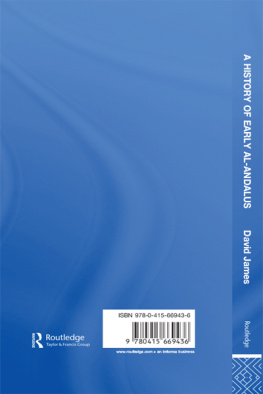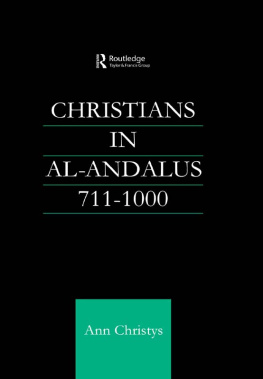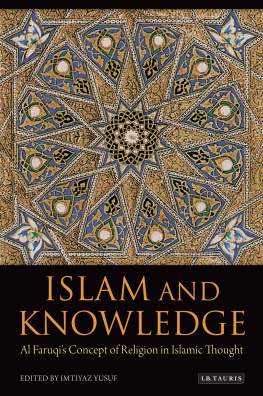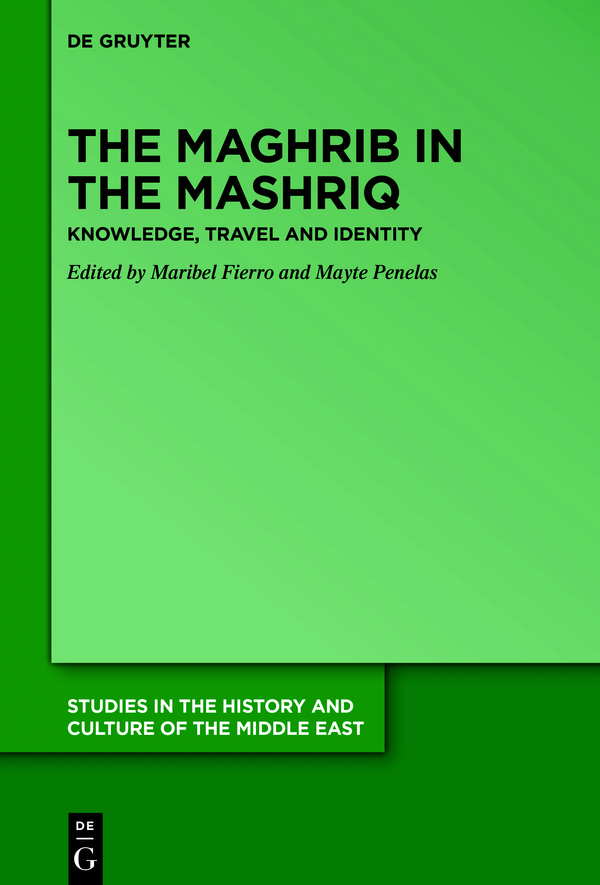Studies in the History and Culture of the Middle East
Edited by
Stefan Heidemann
Gottfried Hagen
Andreas Kaplony
Rudi Matthee
Kristina L. Richardson
Volume
ISBN 9783110712698
e-ISBN (PDF) 9783110713305
e-ISBN (EPUB) 9783110713442
Bibliographic information published by the Deutsche Nationalbibliothek
The Deutsche Nationalbibliothek lists this publication in the Deutsche Nationalbibliografie; detailed bibliographic data are available on the Internet at http://dnb.dnb.de.
2021 Walter de Gruyter GmbH, Berlin/Boston
This work is licensed under the Creative Commons Attribution-NonCommercial-NoDerivatives 4.0 International License.
The Maghrib in the Mashriq. Knowledge, Travel and Identity. Introduction
Maribel Fierro
Mayte Penelas
Note: This contribution has been written within the project Local contexts and global dynamics: al-Andalus and the Maghreb in the Islamic East (FFI2016-78878-R AEI/FEDER, UE), co-directed by Maribel Fierro and Mayte Penelas with funding from the Spanish Ministry of Science, Innovation and Universities. English revision by Nicholas Callaway.
I am the sun shining in the sky of knowledge
But my fault is to have risen in the West.
Had I risen in the East,
Great would be the plunder of my lost renown.
Ibn azm (d. 456 H/1064 CE)
Are you not unjust in judging us, oh, people of the East? ...
Why do they not admire what is good and stop despising what is of value? ...
We recite what one of our poets said:
Your merits make us rejoice,
Why do you refuse to accept ours?
Do not envy us if some stars
Shine in our firmament;
And, if you have more outstanding feats to be proud of,
Do not treat with injustice the few we have.
Ibn Diya (d. 633 H/1235 CE)
Ha, thou hast had thy day,
Proud jewel of Cathay!
My ruby I acclaim,
My Andalusian flame.
Ibn azm
One example among many is the one that follows below.
The Kufan traditionist Ab Bakr Ibn Ab Shayba (159235 H/775849 CE) compiled many traditions, Prophetic and otherwise, in his Muannaf.
Are scholars from regions considered peripheral from an Arab point of view bound to find interest today in what happened in other regions that in the past were also regarded as peripheral? Does the Andalusi/Maghribi These and other questions are addressed in this collective volume that aims to explore how travel, knowledge and identity intersected in the circulation and impact of Andalusi/Maghribi scholars and their works in the Mashriq.
In December 2016, the Spanish Ministry of Science, Innovation and Universities granted funding for a research project under our direction entitled Local contexts and global dynamics: al-Andalus and the Maghreb in the Islamic East, to be carried out over four years. and we have also added some new papers that were not presented at the original conference. In this process our collaboration with our colleagues in Japan has proven especially fruitful; we are particularly thankful to Professor Kentaro Sato, who organized a panel at the Sixth Conference of the School of Mamluk Studies (Waseda University, Tokyo, 1517 June 2019) on Intellectual activities across the regions in the Mamluk period: Views from al-Andalus and Khurasan, which included Maribel Fierros contribution to this volume. We are also very grateful to Professor Giovanna Calasso for contributing to the volume with her study on how the Maghrib was represented in medieval Arabic sources, an important step forward along the path indicated by Abdallah Laroui.
In what follows, we will trace, through the different contributions included in this volume, the main threads that guided us during the conference in Madrid. Parts I and II examine how knowledge produced about the Maghrib was integrated in the Mashriq, starting with the emergence and construction of the concept Maghrib. Parts III and IV discuss how travel not only enabled knowledge produced in the Mashriq to be received in the Maghrib, but also allowed locally produced knowledge to be transmitted outside the confines of the Maghrib, in addition to the different ways in which this transmission took place. In Part V, we will see how the Maghribis who stayed or settled in the Mashriq manifested their identity. Lastly, we will offer our thoughts on future avenues of research that still lie ahead.
Part I: Establishing Boundaries between the Maghrib and the Mashriq
In his autobiography, the emir of Granada Abd Allh b. Buluggn a member of the Berber Zrid family recounts the moment when the Almoravid emir, the anhja Berber Ysuf b. Tshufn, had to decide what policy to pursue regarding the Iberian Peninsula (al-Andalus). However, this had not always been the case, as Giovanna Calasso demonstrates in the study that opens this collective volume.
Calasso provides us with a historical overview of the conceptualization of the terms maghrib and mashriq from early times up until the 7th/13th century, especially in geographical writings and travelogues, and paying attention to the semantic web formed by other terms through which Muslims made sense of the world they inhabited, both in its own right and in relation to other human groups. The expressions dr al-islm (abode of Islam) and dr al-arb (abode of war)
The distinction/opposition between Mashriq and Maghrib the latter understood as Northern Africa west of Egypt emerged in the works of the 4th/10th-century geographers Ibn awqal and al-Muqaddas. Behind it was the boundary between the Sunn Abbsid caliphate and the Isml Fimid caliphate, first established in Ifrqiya. This separation would again resurface in the 6th/12th century with the establishment in North Africa and al-Andalus of the Almohad caliphate, built against the Almoravids, who had paid allegiance to the Abbsids.
In 6th/12th7th/13th-century geographical works and travelogues, Egypt is usually represented as the gateway to the East. Ibn Sad (d. 685 H/1286-7 CE), usually known in Eastern sources as Ibn Sad al-Maghrib, left al-Andalus in 636 H/1238-9 CE and lived the rest of his life abroad, mostly in Egypt. His scholarly interests included poetry, belles-lettres (adab), history and geography. As shown by Vctor de Castros contribution, Ibn Sads Kitb Bas al-ar f al-l wa-l-ar, also known as Kitb Jughrfiy, became a source for a number of Eastern authors such as Ab al-Fid (d. 732 H/1331 CE), Ibn Fal Allh al-Umar (d. 749 H/1349 CE), al-Qalqashand (d. 821 H/1418 CE), and al-Maqrz (d. 845 H/1442 CE). In it, Egypt appears sometimes as part of the West, sometimes as part of the East. The variations in Ibn Sads conceptualization of Egypt do not end here: in his compilation of poetry entitled al-Mughrib f ul al-Maghrib, the Maghrib is taken to encompass not only Ifrqiya, the rest of the Maghrib, and al-Andalus, but also Egypt. While we find that in general the limits of the Maghrib may vary from one author to another, this is the only instance where they are taken to include Egypt. Ibn Sads unusual choice in the Mughrib, moreover, was not followed by other members of his family: for his uncle Abd al-Ramn b. Muammad b. Abd al-Malik b. Sad (d. 616 H/1220 CE), Ifrqiya represented the door to the East. As one might expect, Ibn Sads Maghribization of Egypt led to controversy, especially among Mamlk authors in Egypt, with Ibn Fal Allh al-Umar being the most forceful in his disagreement. He replied to Ibn Sad by dedicating volume five of his Maslik al-abr f mamlik al-amr


